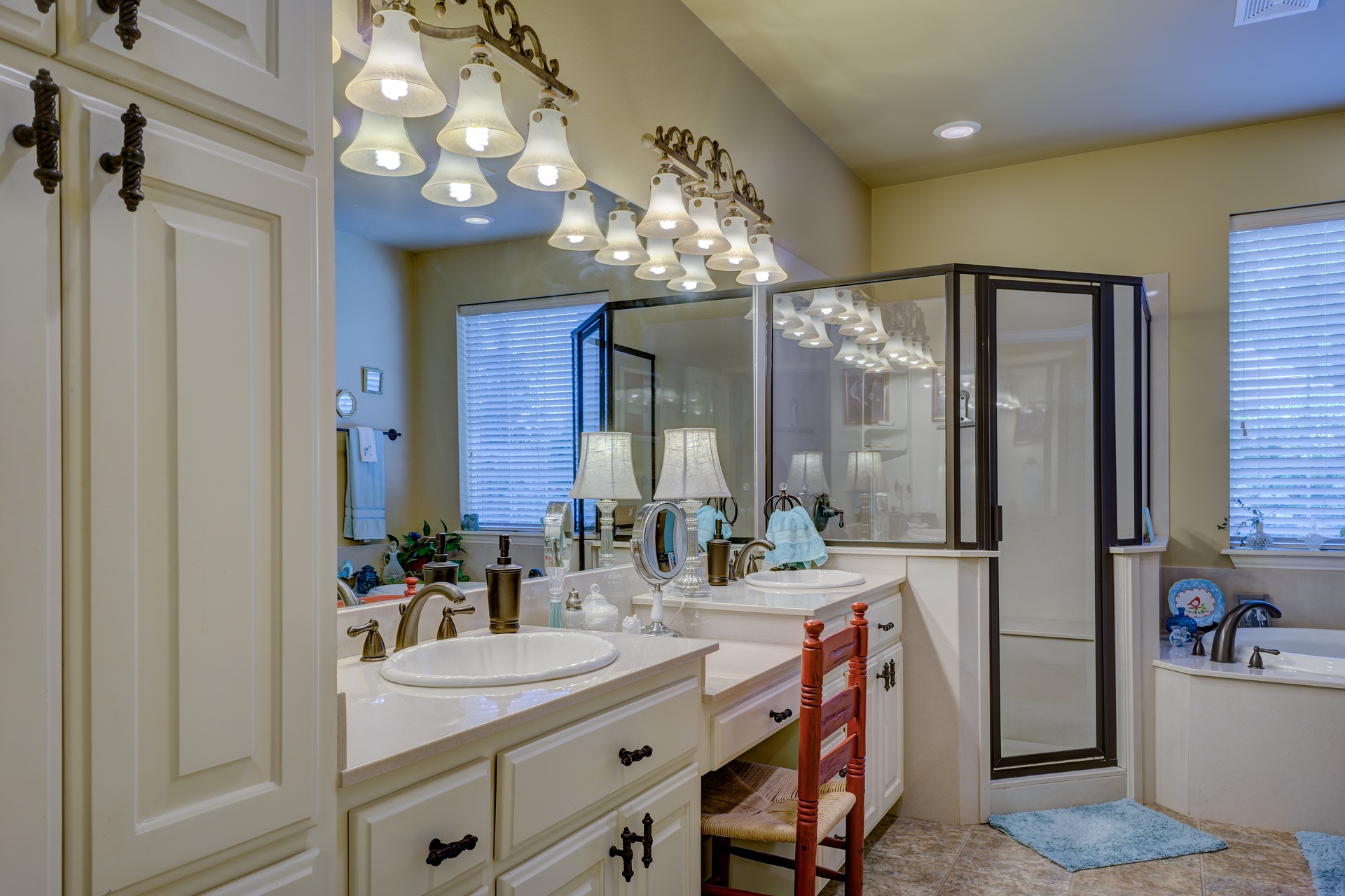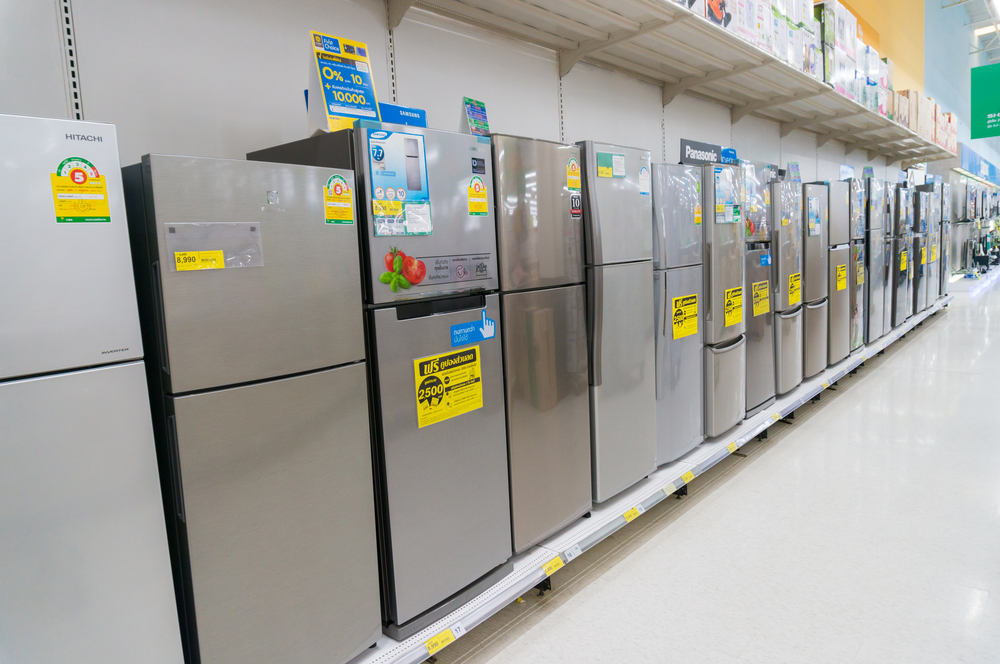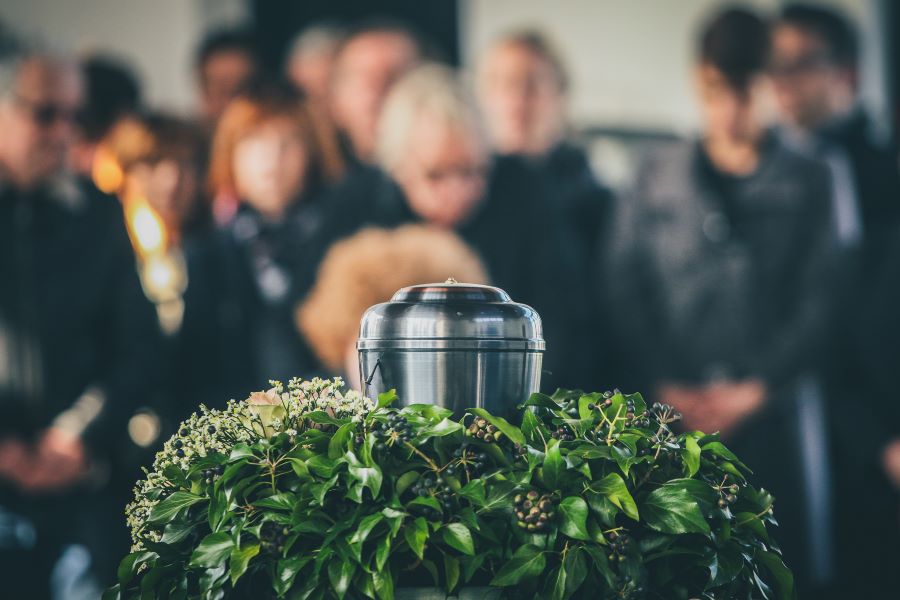Comfort Through Space: Modern Senior Housing Trends
Australia's senior housing landscape is undergoing a remarkable transformation as developers and residents alike recognise the profound impact of thoughtful space design on quality of life. Modern senior living communities are moving beyond traditional cramped quarters to embrace spacious, flexible layouts that prioritise comfort, independence, and adaptability. This shift reflects a deeper understanding of how physical environment influences wellbeing and the changing expectations of today's older adults who seek homes that support their evolving needs.

The landscape of senior housing across Australia is experiencing a significant transformation, driven by changing demographics and evolving lifestyle expectations. Today’s older adults are redefining what it means to age gracefully, demanding living spaces that offer both comfort and flexibility. This evolution reflects a broader understanding that physical environment plays a crucial role in maintaining independence and overall wellbeing as people age.
The Quiet Shift Toward More Flexible Senior Living Spaces
Across Australian cities, senior living developments are embracing open-plan designs and adaptable layouts that can accommodate changing mobility needs. These flexible spaces feature wider doorways, accessible bathrooms, and convertible rooms that can serve multiple purposes. The emphasis on adaptability allows residents to modify their living environment as their needs change, reducing the likelihood of having to relocate as they age. This approach recognises that seniors today are more active and independent than previous generations, requiring homes that support their dynamic lifestyles.
Why Two-Bedroom Layouts Are Reshaping Modern Senior Housing
The traditional studio or one-bedroom senior apartment is giving way to more spacious two-bedroom configurations. These larger layouts provide dedicated spaces for different activities, allowing residents to maintain distinct areas for sleeping, entertaining, and pursuing hobbies. The additional bedroom often serves as a home office, craft room, or guest accommodation for visiting family members. This trend acknowledges that modern seniors value privacy and personal space while maintaining the ability to host loved ones comfortably.
The Surprising Reason Seniors Want More Room to Age Comfortably
Research indicates that spacious living environments contribute significantly to mental health and cognitive function among older adults. Larger spaces reduce feelings of confinement and provide room for physical activity, which is essential for maintaining mobility and strength. The psychological benefits of having adequate space cannot be understated, as cramped quarters can lead to increased anxiety and depression. Additionally, more room allows seniors to keep meaningful possessions and furniture from their previous homes, maintaining important connections to their personal history and identity.
How Added Space Is Redefining Independence for Today’s Older Adults
Expanded living areas enable seniors to maintain their independence longer by accommodating assistive devices and mobility aids without compromising functionality. Wider hallways and open floor plans make navigation easier for those using walkers or wheelchairs, while additional storage space allows residents to keep essential items within easy reach. The extra room also provides space for family caregivers or professional support staff when needed, without making the living area feel overcrowded or institutional.
The New Senior Apartment Trend Offering Comfort and Adaptability
Contemporary senior housing developments are incorporating universal design principles that benefit residents regardless of their current mobility level. These features include step-free entries, lever-style door handles, and adjustable-height fixtures that can be modified as needs change. Smart home technology is also being integrated into these spaces, allowing residents to control lighting, temperature, and security systems with ease. The combination of thoughtful design and modern technology creates living environments that truly adapt to the resident rather than requiring the resident to adapt to limitations.
| Provider | Location | Features | Estimated Weekly Cost |
|---|---|---|---|
| Aveo Group | Multiple Australian Cities | Two-bedroom units, universal design | $400-600 AUD |
| Stockland Retirement Living | NSW, QLD, VIC | Flexible layouts, smart home features | $350-550 AUD |
| Ingenia Lifestyle | Various Locations | Spacious designs, community facilities | $300-500 AUD |
| Lendlease Retirement Living | Major Cities | Premium two-bedroom options | $500-800 AUD |
Prices, rates, or cost estimates mentioned in this article are based on the latest available information but may change over time. Independent research is advised before making financial decisions.
The transformation of senior housing toward more spacious, flexible designs represents a fundamental shift in how we approach aging in place. These modern living environments recognise that today’s seniors are not content with basic accommodation but seek homes that support their continued growth, independence, and quality of life. As this trend continues to evolve, we can expect to see even more innovative approaches to senior housing that prioritise comfort, adaptability, and the diverse needs of Australia’s aging population.




